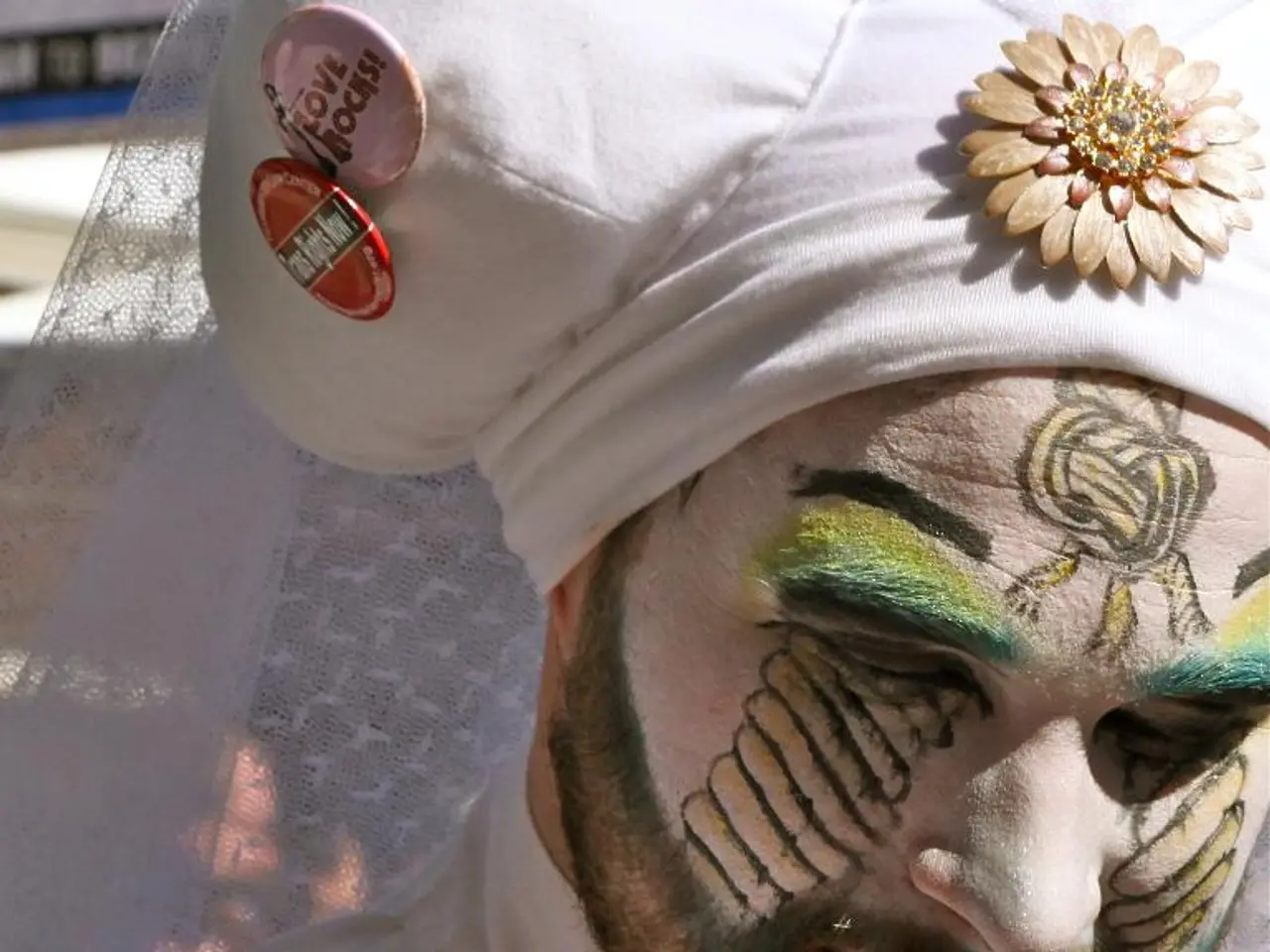LASIK healing timeline: Anticipated stages and additional insights
LASIK surgery, a popular procedure for correcting refractive errors, can bring about significant improvements in vision. However, it's essential to be aware of the potential complications and recovery steps involved in the process.
Flap dislocation is an emergency in LASIK surgery, and immediate treatment is crucial. This complication, while rare, can occur when the corneal flap created during the surgery is displaced.
The most common complication of LASIK surgery is dry eye. This condition is caused by the temporary disruption of corneal nerves that stimulate tear production, leading to irritation, burning, or a gritty feeling. The dryness is usually most severe in the first days to weeks post-surgery and often resolves within 3 to 6 months, though mild dryness can persist up to a year for some.
Other common side effects after LASIK include glare and halos around lights, sensitivity to light, and fluctuating vision. These symptoms are mostly temporary and tend to improve with time as the eyes recover.
To aid recovery, a person should avoid using lotions, creams, or makeup around the eye for 2 weeks, continue to scrub eyelashes for some time after surgery, avoid swimming and hot tub use for 1-2 months, avoid strenuous activities for at least 4 weeks after surgery, ensure nothing gets in the eyes in the first few weeks, protect the eyes from being hit or bumped, and avoid rubbing the eye in the first few days after surgery.
The eye usually takes 2-3 months to heal after LASIK surgery, and a person's vision is often fully stable and clear around 6 months later. However, they may experience some effects in the first few weeks and months after the surgery, such as blurred vision, changes to vision, and visual glares.
Infections are very rare after LASIK surgery, with fewer than 1% developing infections. If complications such as infection or flap issues do occur, they are very uncommon with modern LASIK techniques.
Recovery steps after LASIK generally involve attending follow-up appointments, using prescribed eye drops regularly, avoiding rubbing the eyes, wearing sunglasses outdoors, and avoiding swimming pools, hot tubs, dust, and other irritants.
Most patients return to normal daily activities within days to a week, but the eyes continue stabilizing over a month or more, with visual side effects gradually diminishing during this time.
Another type of laser surgery for refractive errors is small incision lenticule extraction (SMILE), which involves using a suction ring to lift and flatten the cornea, sculpting a disc-shaped piece of the cornea below the surface of the eye using a laser, making a small incision in the cornea, and removing the disc-shaped piece of the cornea through the incision.
Photorefractive keratectomy (PRK), an outpatient procedure that usually takes around 15 minutes, involves removing the outer layer of cells on the cornea and reshaping it using a laser. This method does not involve creating a flap, which can make the recovery process slightly different compared to LASIK.
While some side effects can be uncomfortable initially, careful adherence to post-operative care usually ensures a smooth recovery and excellent long-term vision improvement after LASIK surgery.
- LASIK surgery, often aimed at enhancing eye-health and vision, can introduce medical-conditions like dry eye and temporary glare or halos around lights.
- Despite the rarity of blindness as a complication in LASIK surgery, emergency situations such as flap dislocation require immediate attention and prompt treatment.
- Science continues to advance in the field of health-and-wellness, offering alternatives like small incision lenticule extraction (SMILE) for correcting refractive errors, which may have different recovery procedures compared to LASIK.




